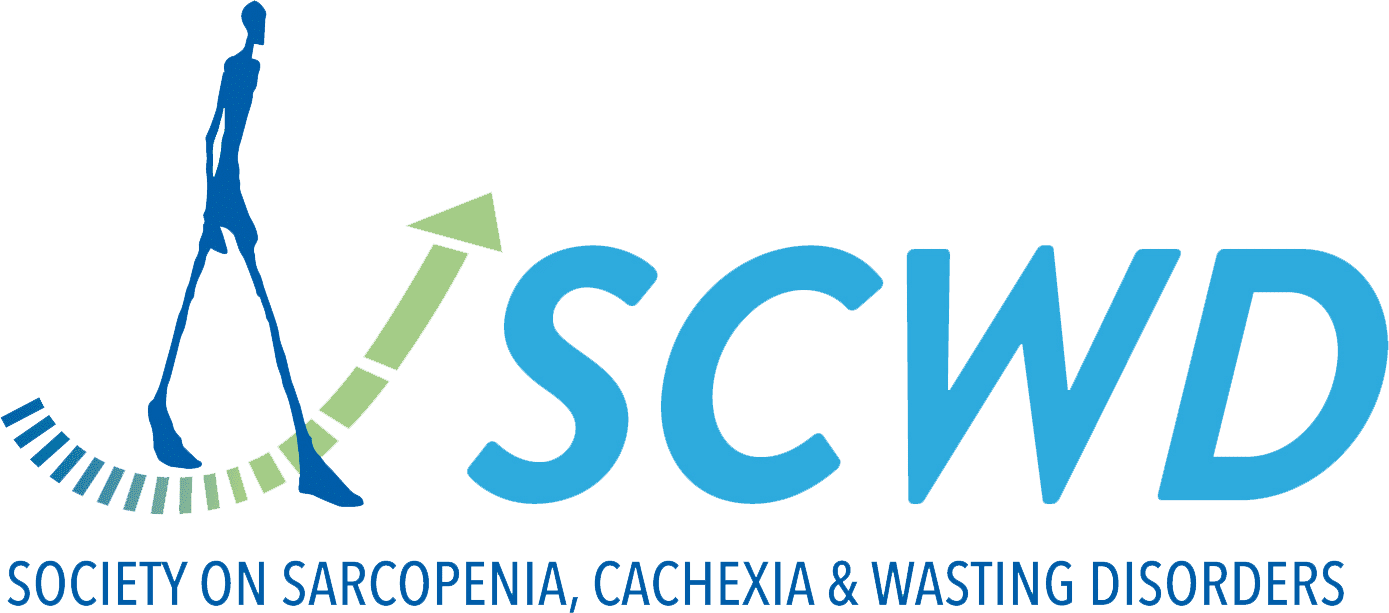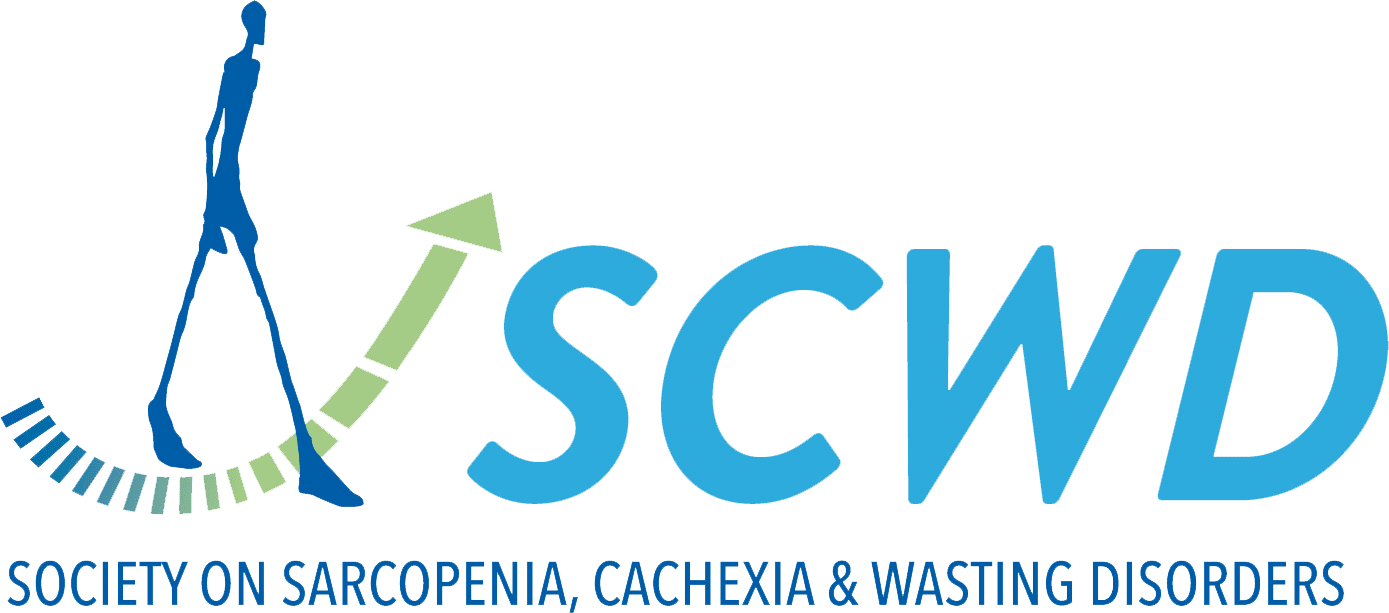Temporalis muscle thickness: Ultrasound measurement, clinical significance and correlation with sarcopenic indices.
BACKGROUND & AIMS
The clinical relevance of temporal muscle thickness (TMT) as a sarcopenia marker remains uncertain. This analysis reevaluates its potential utility and limitations in sarcopenia assessment.
METHODS
TMT was assessed ultrasonographically in 648 individuals (Mean age: 66.5 (range, 22-98) years, Female 51.5 %) and compared with computed tomography (CT) and magnetic resonance (MR) measurements in an opportunistic sample of 68 patients.
The study examined relationship between ultrasonographic TMT and various sarcopenia-related metrics, including questionnaires(SARC-F), parameters(handgrip strength [HGS], Ishii score, BIA-derived skeletal muscle mass indexes[SMMI], and phase angle[PhA]), and extremity muscle ultrasonographic indices (Muscle thickness [MT], cross-sectional area [CSA]; fascicle length; pennation angle; for biceps brachii[BB], rectus femoris, vastus lateralis, and gastrocnemius medialis). Additionally, the study explored associations with clinical outcomes, including quality of life, activities of daily living, falls, fatigue, depression, and malnutrition.
Longitudinal changes in TMT were also documented in 15 intubated acute stroke patients.
RESULTS
Ultrasonographic TMT showed valid correlation with CT and MRI (r = 0.566, p < 0.001 and r = 0.437, p = 0.003, respectively). TMT showed a significant but low-level decrease with aging (r = -0.213, p < 0.001).
A moderate correlation was found between TMT and HGS (r = 0.334 for HGS-maximum and r = 0.338 HGS-mean), ultrasonographic BB MT and CSA (r = 0.258 and r = 0.388), ASM (r = 0.344), PhA (r = 0.344). Correlation was absent (r < 0.3) in all other parameters examined.
The Youden-J index (range: 0.091-0.408) and ROC-AUC 95 % CI lower limit (range: 0.498-0.670) of TMT thresholds dichotomized according to Ishii score, SARC-F, SPPB, SMMI, Barthel index, fatique, Morse fall scale, MUST, EAT-10 and FOIS did not show sufficient clinical yield. In 15 acute mechanically ventilated stroke patients, a numerical decrease was detected in TMT and temporal fat tissue thickness at the end of the third week (Bonferroni corrected p = 0.065 and 0.084, respectively).
CONCLUSIONS
Temporal muscle thickness correlates positively with various sarcopenia parameters or muscle ultrasonographic indices, but its potential for clinical utility could not be demonstrated in our study.


